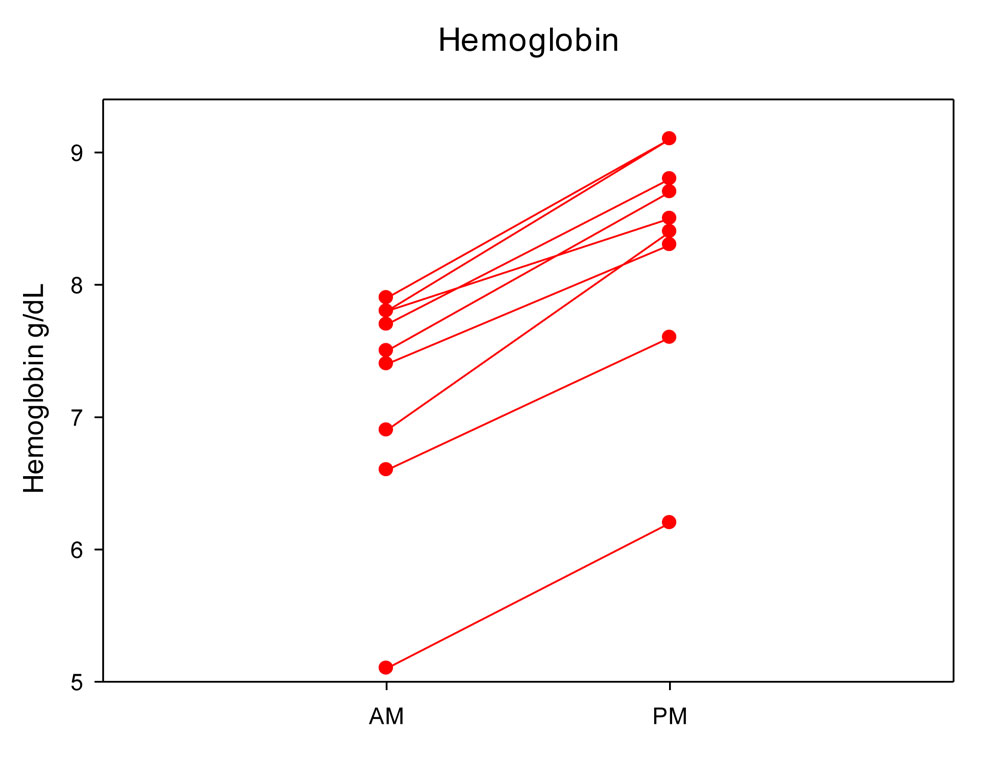Published July 2018 as part of Aculabs’ LabTalk quarterly newsletter.
Anemia is very common in the geriatric population; several studies have shown that the prevalence of anemia increases with advancing in age, the increase start at the age of 65 and rises sharply after the age of 80. To diagnose anemia, physicians rely heavily on the complete blood count (CBC) and specifically hemoglobin and hematocrit, which are affected by several factors: ethnic background, gender, altitude, heavy smoking and physiologic fluctuation of plasma volume. It has been shown that posture can cause change in the results for some blood indices.
Most of the blood drawing in Long-Term Care Facilities are done very early in the morning while the patients are still in bed after at least 5 hours of laying in the bed; you might see in some patients lower than usual hemoglobin value and that is not surprising. The change in posture does not only affect hemoglobin, the morning specimens had lower results than afternoon specimens for white blood cells, red blood cells, hemoglobin, hematocrit and platelets with P< 0.0001.
A change in posture causes changes in some of the blood indices; posture changes the hydrostatic pressure which leads to the change in the movement of fluid between interstitial space and intravascular and causes physiological fluctuation in blood volume. Physicians should give more attention to this fact, especially in severely anemic patients, where the difference in posture may alter the hemoglobin result and a decision made as to indicating the need for more aggressive treatment (blood transfusion).
– Dr. Rita Khoury
[hr]
Have a topic you’d want our Lab Director to cover in future posts? Send suggestions to info@aculabs.com!



Leave A Comment
You must be logged in to post a comment.